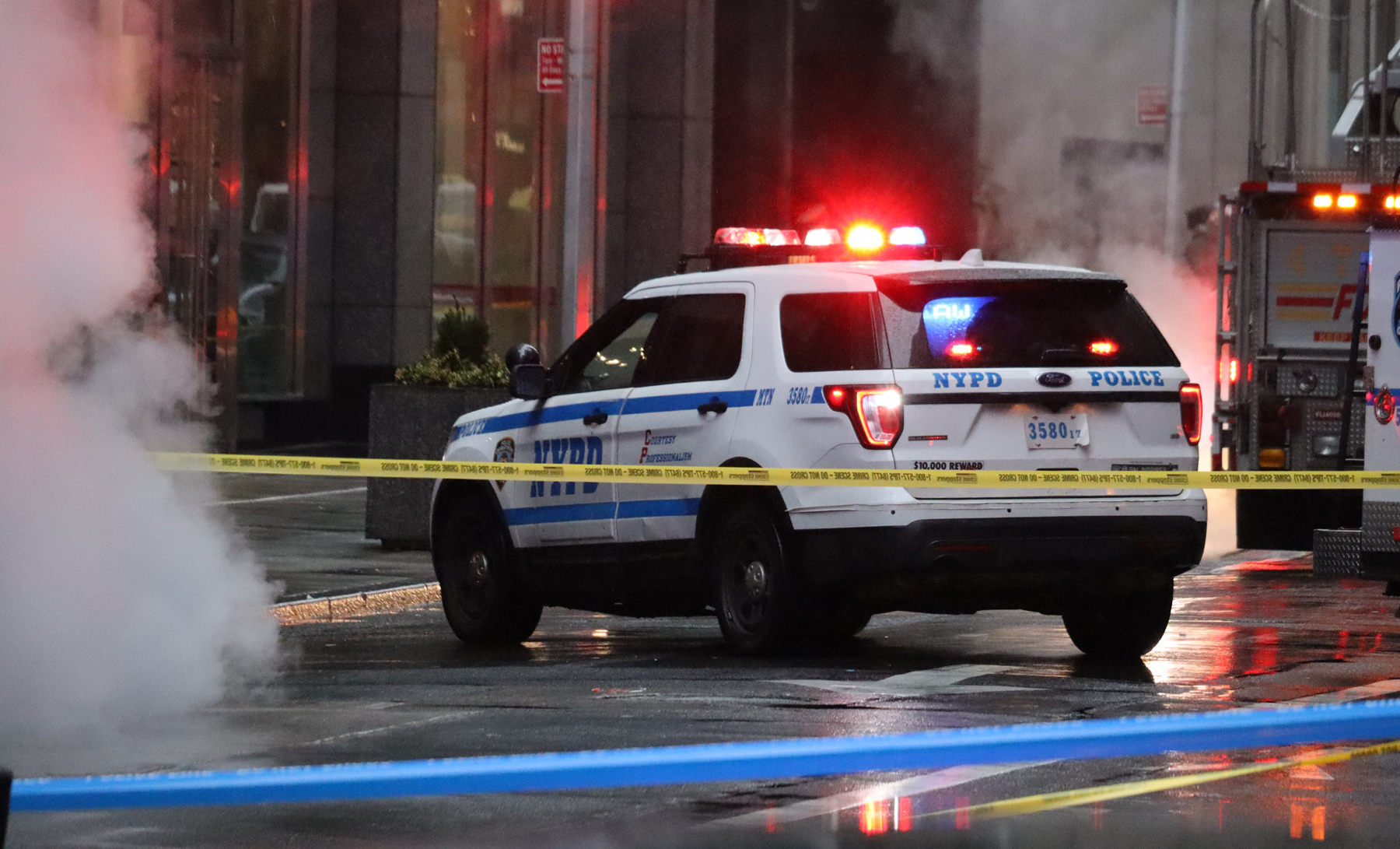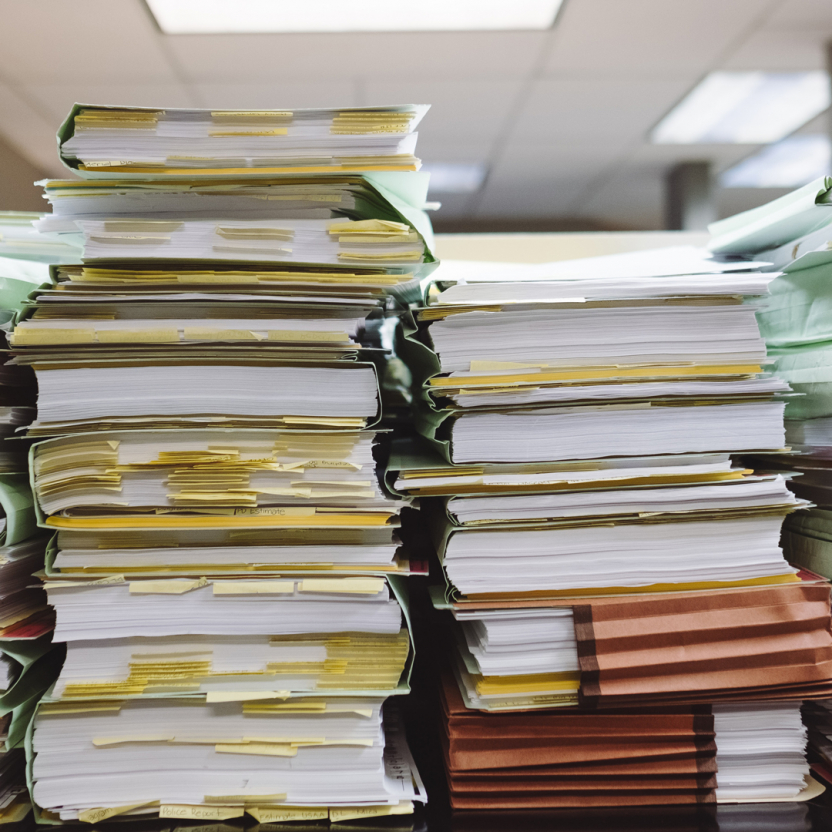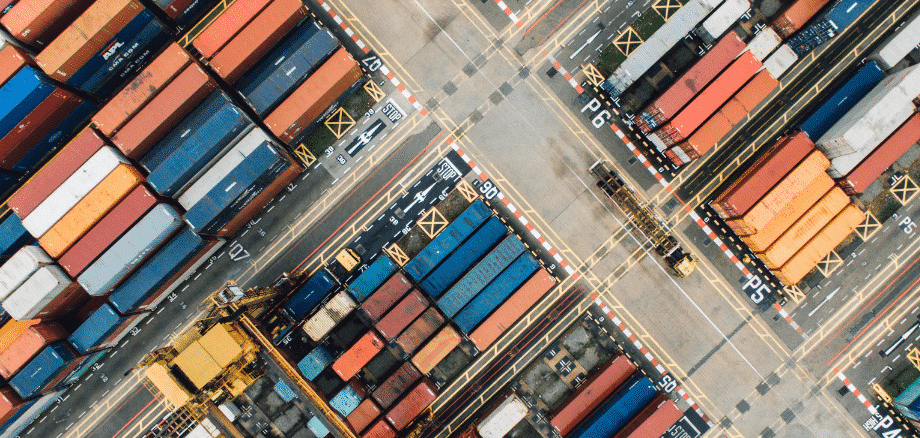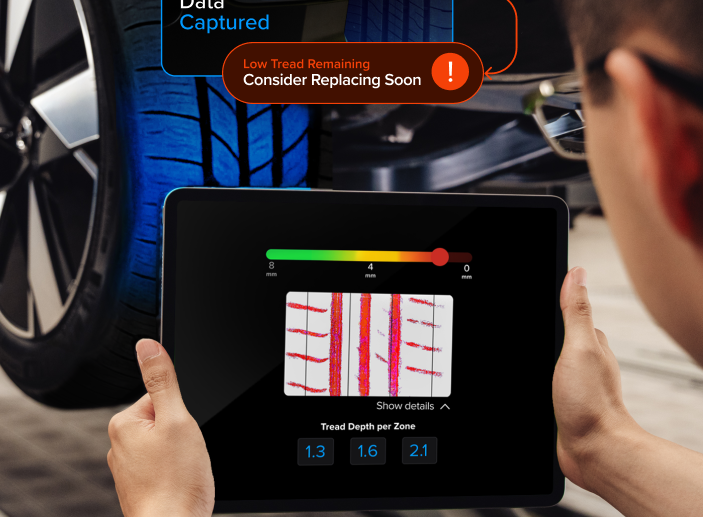
Technologies that increases efficiency and speed of crime data collection
Paperwork is time-consuming no matter your profession. However, in a profession like law enforcement where every second counts, it can be particularly cumbersome. In some cases, it can even slow response times or affect accurate reporting.
While there are technologies available to police officers that simplify the paperwork portion of their jobs, these solutions are archaic or not efficient for the officer. Several newer technologies are promising though, and it could mean that the mountains of paperwork and manual collection of data could be a thing of the past.
How? Keep reading. In this blog we will look at the following questions:
Jump to key topics
Jump to key topics

How much time do police lose to paperwork every week?
The 2019 Role of Technology in Law Enforcement Paperwork Annual Report surveyed 11,000 US police officers about how they manage the paperwork portion of their jobs. Of the 11,000 surveyed, 56% said that they spend three hours or more per shift on doing paperwork and reporting. Also, more than 90% said that the time that they spend doing paperwork and other administrative duties takes them out of the field and may decrease their visibility within their communities.
Which situations are in need of innovation?
When you are involved in an incident or have an accident, what is the first thing that you do? If you are like most people, you call the emergency services. In the ‘everything now’ culture we live in, we typically fully expect that once we make the call, help will arrive immediately upon hanging up.
What we often fail to realize though is that police officers are often fulfilling multiple other tasks like manual filing of paperwork and collecting data. This can not only impact their speed and efficiency while at the scene, it can even affect how quickly they arrive at the scene. Here are the situations that are in dire need of innovation today.
Vehicle accidents
One of the most common calls that police officers respond to are vehicle accidents, and if any type of call needs a serious innovation overhaul, it’s this one. It doesn’t matter how serious the accident is, the officers are expected to collect all the necessary data like personal identification, license plates, and the vehicle identification number (VIN) – all as quickly as possible and without any mistakes. And if any of the parties are injured or in shock, it complicates matters even further. It is not an easy task.
Burglary or theft
Another common call that police officers respond to is for theft or burglary. Regardless of where the theft took place, the officers are expected to arrive at the scene, investigate, and gather evidence. And while the detective work might sound exciting, the mountain of paperwork involved definitely isn’t. The officers must write a very detailed report with all the data included. Collection of this data requires attention and accuracy. It can slow the investigation, but it can also prevent the officers from being able to respond to other crimes.
What crime technologies are there?
When you consider that what is arguably the most important data that police officers need to collect is printed on driver’s licenses, license plates, and VINs on cars, it really calls into question the efficiency of manual collection of this data. With literally hundreds of new technological innovations popping up every day, keeping track is tough. Knowing what they all are and what they do is impossible.
In truth though, the technical solutions that are truly useful for keeping law enforcement up to date is a very small group, and one of them is optical character recognition, or OCR.
OCR enables police officers to collect the data they need on their own mobile device. It is widely used by all kinds of industries all around the world, but law enforcement has been slower on the uptake until recently.
However, there are many reasons to use OCR for mobile policing. Firstly, it significantly speeds up the data collection process and ensures a far higher level of accuracy than manual data entry or paper-based notes. What’s more, this technology is able to collect data from various sources such as license plates, diverse forms of personal ID, and serial numbers. It is also able to collect this data despite certain types of difficult surfaces like the metal surface of a license plate or the shiny plastic of a driver’s license.
Police officers who use OCR in their daily tasks can significantly reduce their work hours used on paperwork.
What benefits are there to OCR?
The law enforcement officers who are using OCR are singing its praises. If you’re not convinced, here are some of the top benefits of OCR.
Accuracy
Humans make mistakes, that’s just a fact of life. It can happen due to distractions, being in a stressful situation, fatigue, or any number of reasons. Police officers are no different and can succumb to this human condition when they are tired, stressed, or distracted. A mobile data collection solution can help prevent those mistakes from happening by automating the process. Plus, we are always working to improve our product so it’s getting better all the time.
Speed
Although it is widely known that police officers spend a good portion of their working hours on paperwork, there still doesn’t seem to be a very big push to switch to a faster technological solution.
The truth is, it is 20 times faster to simply scan a driving license than to record it on paper and manually enter the data on your system at the police station.
Mobile data capture can save police officers a good chunk of the time they use for paperwork. It’s time to make the switch.
Saving resources
Although time is a huge factor in the great paperwork debate, there’s more to it that might surprise you. A study by Western professor Laura Huey showed that most of the paperwork police officers need to do is used or requested by politicians, journalists, insurance companies, and transportation ministries and that “only a small portion of paperwork is filing cases.”
The result is financial consequences for paperwork when you consider that the greatest costs in law enforcement are the officers’ salaries. So much of those salaries go to time spent doing paperwork and it shouldn’t have to. There are some great technology solutions that speed up the paperwork process.
Which police forces already use OCR?
Several police forces are already using Anyline’s OCR solution. They have already integrated it into their own systems and have already implemented it successfully. These are some of our European clients who are using the system and loving it.
North-Rhine Westphalian police:
The North-Rhine Westphalian police, which is the largest police force in Germany, is using Anyline’s OCR technology to scan IDs, driver’s licenses, passports, vehicle license plates, and more. By doing so, they speed up the process of data collection and reduce the risk of something happening.
Austrian police:
The Austrian Police wanted to optimize police time and remove processes from their workflows that may be redundant. They also wanted to include real-time communication in their technical solutions, and that’s why they added Anyline’s mobile scanning as a standard feature on their police officer’s iPhones. Now, with Anyline’s OCR technology installed, they can identify people and vehicles with their smartphones by scanning IDs and license plates.
Royal Gibraltar police:
Royal Gibraltar officers stationed at the country’s border were tasked with inspecting vehicle registrations and personal identification documents then recording the data on fixed terminals. After implementing Anyline, they are now able to perform inspections in the field while on patrol, and along the border at smaller points of entry, such as marinas and the port. And they do it all directly from a mobile device.
How can Anyline be integrated?
The beauty of Anyline is that it is compatible with just about any smartphone or rugged device that runs iOS, UWP, or Android. This means that officers can quickly start using it without any need for training, as it emulates the function of a regular phone camera. As a consequence, adoption rates by officers are far higher than other new technologies.
Integrating the Anyline software development kit (SDK) is easy. Plus, it comes with our top-notch customer service which includes hands-on support when you need it. The system works with just about any smartphone and can be integrated into frameworks like React Native, Xamarin, and Cordova.
Are you ready to save your force time and money? Contact Anyline today and test our system for yourself with our demo app or give our SDK a spin for real with our 30-day free trial. You won’t be sorry.

